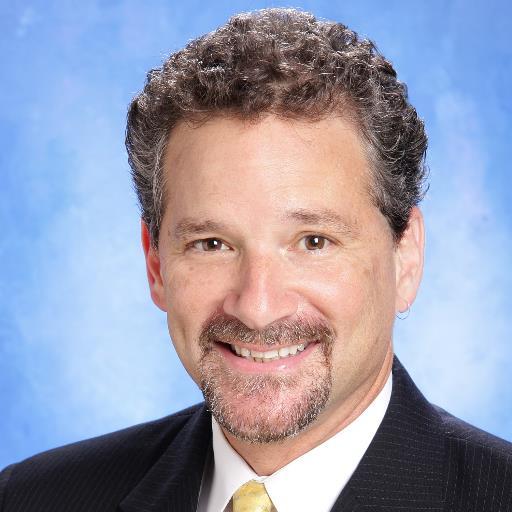By U.S. Senator Claire McCaskill
Here in Missouri I’m proud to see the great work our citizens do to help one another and improve our communities. I see Missourians and their organizations ensuring our senior citizens remain an important part of their communities, providing safe after-school spaces for our children, mentoring young men and women, and developing our neighborhoods so that Missourians of all income levels have access to affordable housing and quality communities.
In the St. Louis area, groups like Beyond Housing are providing down payment assistance to help improve homeownership rates and build the wealth of working families, contributing to the financial empowerment of low-income communities. Prosperity Connection is helping individuals and families earn economic independence through financial education, community services, and low-cost banking. Big Brothers Big Sisters of Eastern Missouri is providing mentoring services for at-risk youth. And the Carondelet Minor Home Repair Program, run by the Carondelet Community Betterment Federation, is allowing seniors to remain in their homes, promoting aging-in-place and supporting a sense of community.
While we all take pride in and appreciate the work St. Louis area organizations and volunteers do for their communities, many of us don’t realize where the critical resources that aid their missions come from. The truth is that many of these projects, including the work done by organizations in the Community Builders Network of Metro St. Louis, would not be as successful without funding from Community Development Block Grants (CDBG). These grants, administered by the Department of Housing and Urban Development and states like Missouri, help communities address a wide variety of needs, from providing affordable housing, to enriching the lives of our seniors, to providing nurturing spaces for our children and positive guidance for our young adults. Here in the St. Louis area, we see community-minded organizations, like the groups in the Community Builders Network, identifying community needs and creating solutions. Without these federal funds, many of these programs could not happen.
Unfortunately, the latest budget plan offered by the President’s administration cuts these grants completely. If these cuts were to become law, the Grace Hill Settlement House wouldn’t be able to run their elementary after-school program, depriving children of a safe and enriching environment. Eliminating these grants would hamper Urban Strategies, Inc.’s efforts to revitalize the Near North Side, where they are building and rehabilitating homes, providing homeownership assistance, and building public facilities. Cutting this funding would mean fewer homeless youth would be taken in by Covenant House Missouri’s Emergency Shelter Program.
I believe in using our tax dollars wisely. In the Senate I’ve made cutting wasteful spending a priority, and I share many of the same concerns about our national debt that many Missouri families do. It’s why I’ve launched investigations into wasteful defense contracting and led the charge to ban earmarks—which allowed certain members of Congress to use federal dollars for political purposes.
CDBG funding, however, targeted at communities in need, allows Missourians to focus on what’s important, and get a great return for the investment. Here in the Show Me State, these community programs show results. We see the results when families finally get into a quality home, or when a senior citizen gets to stay in theirs. We know these programs work when our kids have an enriching environment to spend time in after school, when mentoring leads to a college degree, when homeless youth are given shelter and support. We may not realize where their resources come from, but we see the programs helping our communities.
I’m supportive of these merit-based grants because I know the programs they support and I see firsthand good they do to help Missourians. I believe that Congress should continue to fully fund them. These competitive grants enable our great service organizations and their volunteers to make positive impacts in the St. Louis area and throughout the state of Missouri. We must continue to fight for and invest in our communities, because we see the results when we do.
***
Claire McCaskill is Missouri’s senior U.S. Senator.
***
Articles in “From the Field” represent the opinions of the author only and do not represent the views of the Community Builders Network of Metro St. Louis or the University of Missouri-St. Louis.
We invite readers to contribute to the civic conversation about community development in St. Louis by writing an op-ed for the Community Builders Exchange. Op-eds should be short (400-700 words) and provocative. If you have an idea for an op-ed, contact Todd Swanstrom at swanstromt@umsl.edu.

















